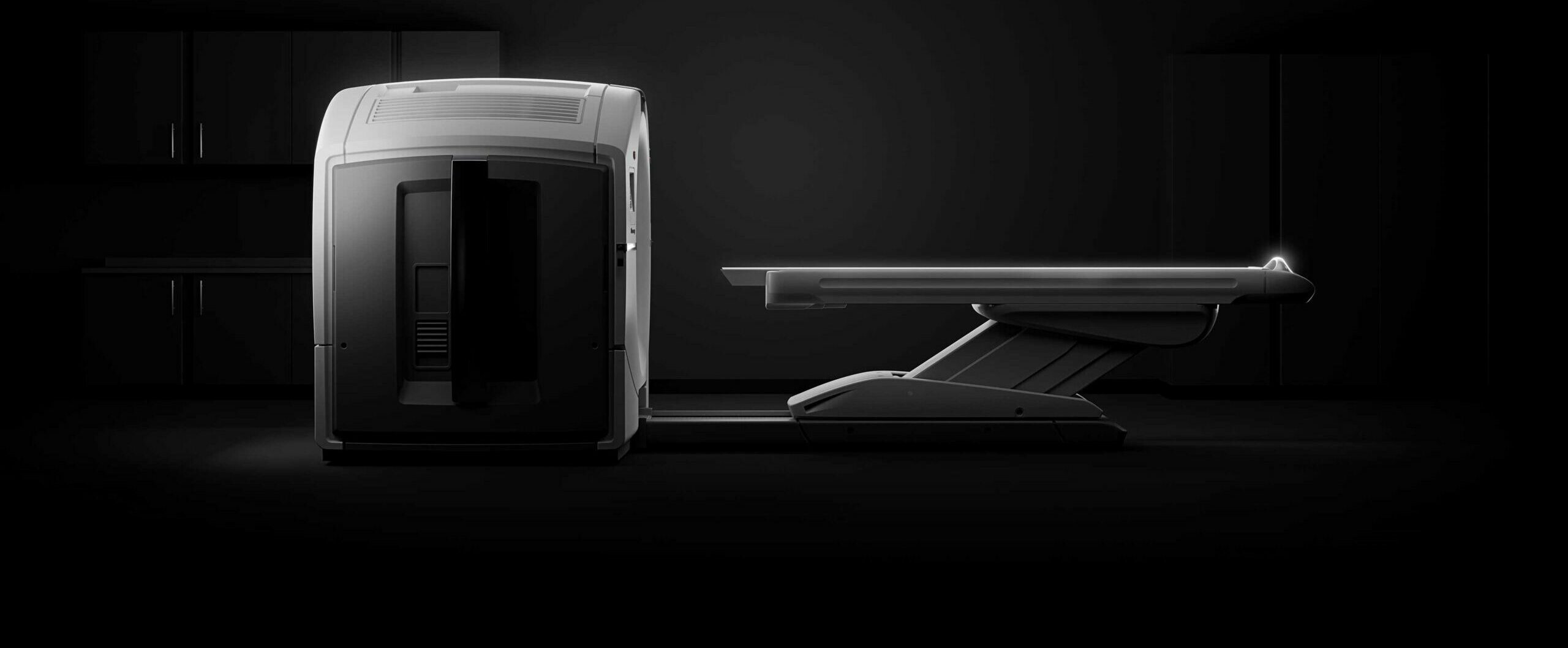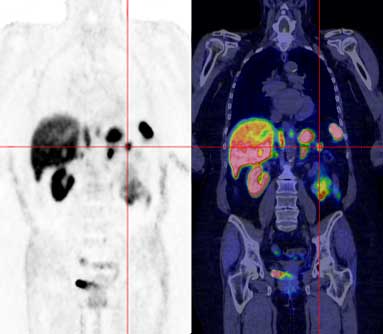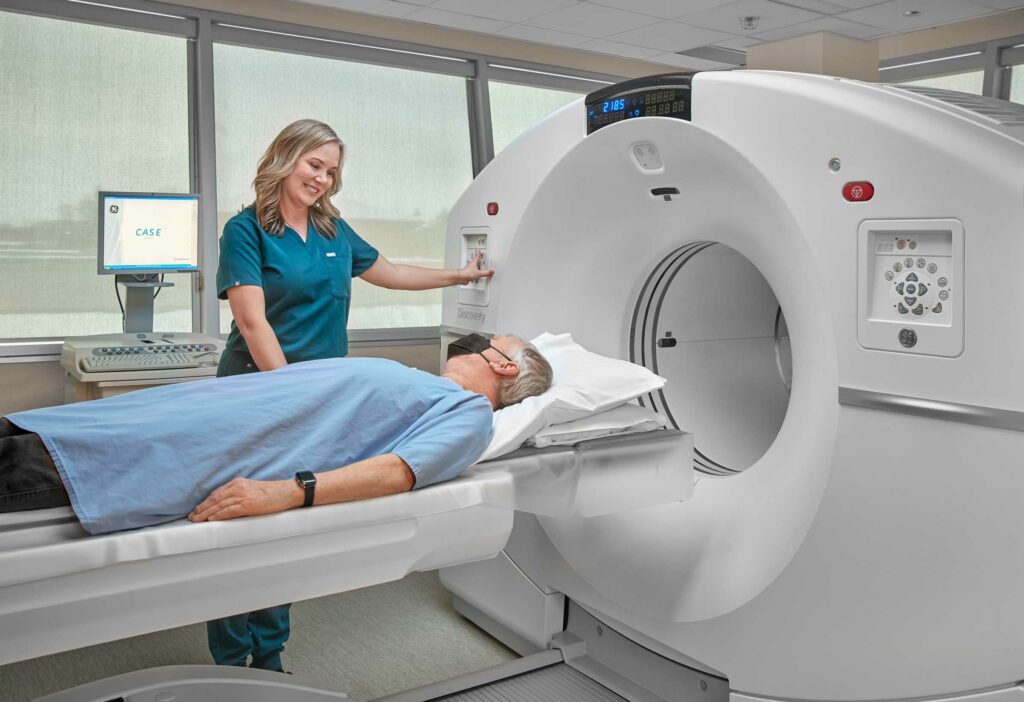How Much Does a DOTATATE PET CT Scan Cost?
MIC uses PET CT imaging in several applications: heart (cardiac) imaging, cancer (oncology) imaging, and brain (neurology) imaging. Currently, the Alberta Health Care Insurance Plan (AHCIP) only covers the cost of PET CT imaging in cardiac applications when performed in a community-based clinic outside the hospital.
Routine use of DOTATATE-PET CT has not been established in Canada, and access is mainly through clinical trials, private healthcare, and registries.
The cost of a DOTATATE PET scan at MIC depends on the imaging application (oncology, neurology), area of interest (brain, head, neck, etc,), and whether an accompanying diagnostic CT is acquired at the same time. Our team will be happy to speak to you to tailor an exam to your needs.
| Imaging Application | PET Cost (No Diagnostic CT) | Combined PET and Diagnostic CT |
|---|---|---|
| Neurology | PET: $3,999.00 | PET CT: Starts at $4,199.00 |
| Oncology | PET: $3,999.00 | PET CT: Starts at $4,435.50 |
Patients are encouraged to talk to their employer or a Benefits Specialist before booking their exam to see if they qualify for extended coverage. Some extended benefits programs or health spending accounts may cover a portion or possibly the entire exam fee.
DOTATATE PET CT FAQs
Patient preparation instructions vary depending on the type of PET CT exam performed. Our booking team will provide detailed instructions when you schedule your exam. It is important to follow the preparation instructions closely, as improper preparation can affect the scan's results or cause the scan to be rescheduled.
If you have any questions or concerns about your preparation, our booking team is happy to help. When you schedule your appointment, our team will review specific exam preparation instructions based on your PET CT study.
If you are on long-acting somatostatin analogs (e.g. octreotide long-acting release, lanreotide), your PET imaging should be scheduled just prior to dosing with long-acting somatostatin analogs (interval of at least 3-4 weeks after administration).
DOTATATE is an example of a theranostic agent. If the radioactive component is switched to a therapeutic one (i.e. 68Ga is switched to 177Lu), it can specifically target and treat the cancer cells. Before a therapeutic radiotracer is used, patients generally must have a diagnostic scan first, to confirm and assess the ability to target the tumor cells.
Each of these PET scans provides complementary information to aid the clinician in making the optimal personalized treatment decision for each individual.
Hope, T., Bergsland, E., Bozkurt, M., Graham, M., Heaney, A., Herrmann, K., Howe, J., Kulke, M., Kunz, P., Mailman, J., May, L., Metz, D., Millo, C., O’Doriso, S., Reidy-Lagunes, D., Soulen, M., Strosberg, J. (2020). The Journal of Nuclear Medicine. Appropriate Use Criteria for Somatostatin Receptor PET Imaging in Neuroendocrine Tumors. https://s3.amazonaws.com/rdcms-snmmi/files/production/public/Quality/jnm202275_New%20-%20revised.pdf



